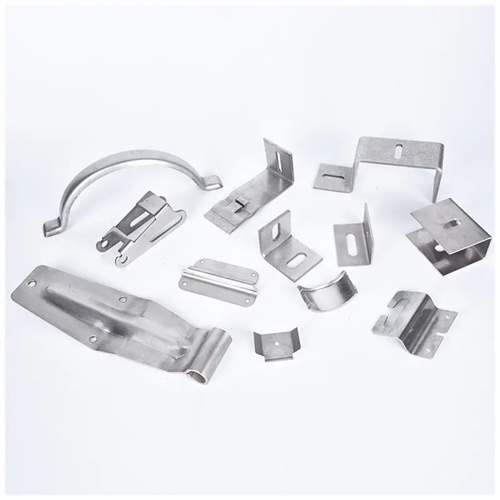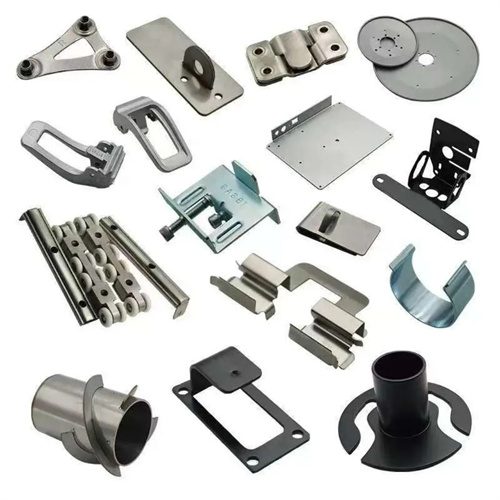Steel plate butt-welded pipe
Steel plate butt-welded pipe (also known as straight seam welded pipe) is manufactured by rolling steel plate or strip into a tubular shape using a forming machine, then butt-welding the seams. Due to its high production efficiency and flexible specifications, it is widely used in water and gas transmission, steel structures, machinery manufacturing, and petrochemical industries. Its diameter typically ranges from 20 to 2000 mm, with a wall thickness of 2 to 20 mm. Large diameters can reach over 3000 mm. Materials commonly used include carbon structural steel (Q235, Q355), low-alloy high-strength steel (Q420), and pipeline steel (X42-X80). The appropriate steel grade is selected based on the conveying medium and operating environment.

In terms of production technology, the manufacture of butt-welded steel pipes requires key processes, including pretreatment, forming, welding, and post-weld treatment. Pretreatment involves flattening, trimming, and surface cleaning. After flattening, the coiled steel is cut into the desired width, and edge burrs are removed. Surface scale and oil are removed through shot blasting or pickling to ensure weld quality. The forming process involves rolling the steel plate into round or shaped tubes using a multi-roll forming machine. The roller position and pressure are controlled during the forming process to ensure that the edges of the steel plate are aligned, with a misalignment of ≤0.1 times the wall thickness to avoid weld defects. Welding is a core process. Small-diameter welded pipes are typically produced using high-frequency resistance welding (HFRI). This process utilizes resistance heat generated by high-frequency current to melt the joint, and then welds the pipe using extrusion rollers at speeds of up to 10-30 m/min. Large-diameter welded pipes are produced using either submerged arc welding (SAW) or gas shielded welding (GMW). Submerged arc welding can be either single-sided or double-sided. Flux protects the molten pool from atmospheric contamination. Welding currents range from 300-1000A to ensure the weld penetration meets the required depth. Post-weld treatment includes weld grinding, heat treatment and hydrostatic testing. The weld excess height is removed to make it flush with the pipe body. The high-strength steel welded pipe is subjected to stress relief annealing (600-650℃). Finally, a hydrostatic test is performed (test pressure ≥1.5 times the working pressure) with a pressure holding time of ≥30 seconds to ensure no leakage.

The performance advantages of butt-welded steel pipes make them highly competitive in the transportation and structural sectors. First, they offer high production flexibility, allowing for rapid adjustments in diameter and wall thickness based on demand. This makes them particularly suitable for small-batch, multi-specification orders, with lead times over 30% shorter than seamless pipes. Second, they offer significant cost advantages, reducing production costs by 20%-40% compared to seamless pipes, while also offering high raw material utilization (≥90%). Third, they offer a wide range of specifications, enabling the production of large-diameter, thick-walled pipes (diameters exceeding 3,000 mm and wall thicknesses exceeding 50 mm), meeting the demands of large-scale projects. Fourth, they offer reliable welding quality, utilizing automated welding and online testing to achieve weld tensile strength ≥90% of the parent material strength and impact energy ≥27 J (at -20°C), making them suitable for high-pressure transportation applications. Fifth, they offer a variety of surface treatments, including galvanizing, painting, and anti-corrosion coatings, significantly enhancing corrosion resistance and enabling a service life exceeding 20 years in environments such as soil and seawater.

Steel plate butt-welded pipes are a key material in infrastructure construction. In the fluid transportation sector, urban water and gas supply pipelines primarily utilize Q235 butt-welded pipes with diameters ranging from 100-1000 mm, which undergo internal and external corrosion protection to resist water and gas corrosion. In the oil and gas sector, long-distance pipelines utilize X70 and X80 pipeline steel butt-welded pipes with diameters ranging from 500-1200 mm and wall thicknesses of 8-18 mm to withstand high-pressure (≥10 MPa) transmission requirements. In the steel structure sector, columns and beams in powerhouses and bridges utilize square and rectangular butt-welded pipes, leveraging their cross-sectional stability and low cost. In machinery manufacturing, equipment supports and rollers primarily utilize butt-welded pipes, connected by welding or flanges. In marine engineering, offshore platform jackets utilize thick-walled butt-welded pipes (20-50 mm thick), which undergo corrosion protection to withstand seawater environments.

Industry trends indicate that butt-welded steel pipes are moving toward higher steel grades, larger diameters, and intelligent manufacturing. The development and application of high-grade welded pipes (such as X90 and X100 pipeline steel) have increased pressure-bearing capacity by over 20% at the same wall thickness, making them suitable for ultra-high-pressure natural gas transmission. Technological breakthroughs in the production of large-diameter, thick-walled welded pipes have enabled the stable production of pipes with diameters of 3,000 mm and wall thicknesses exceeding 50 mm for large-scale water conservancy projects. The promotion of intelligent welding technology, employing laser tracking and adaptive control, has increased weld qualification rates to over 99.5% and welding efficiency by 30%. Furthermore, green manufacturing processes, including the use of environmentally friendly fluxes and anti-corrosion coatings, are reducing volatile organic compound emissions. Digital management systems enable full-process tracking from order to delivery, improving production efficiency. In the future, with the development of energy transportation and infrastructure construction, demand for high-performance butt-welded steel pipes will continue to grow, driving the industry to achieve greater breakthroughs in material research and development and process upgrades.
